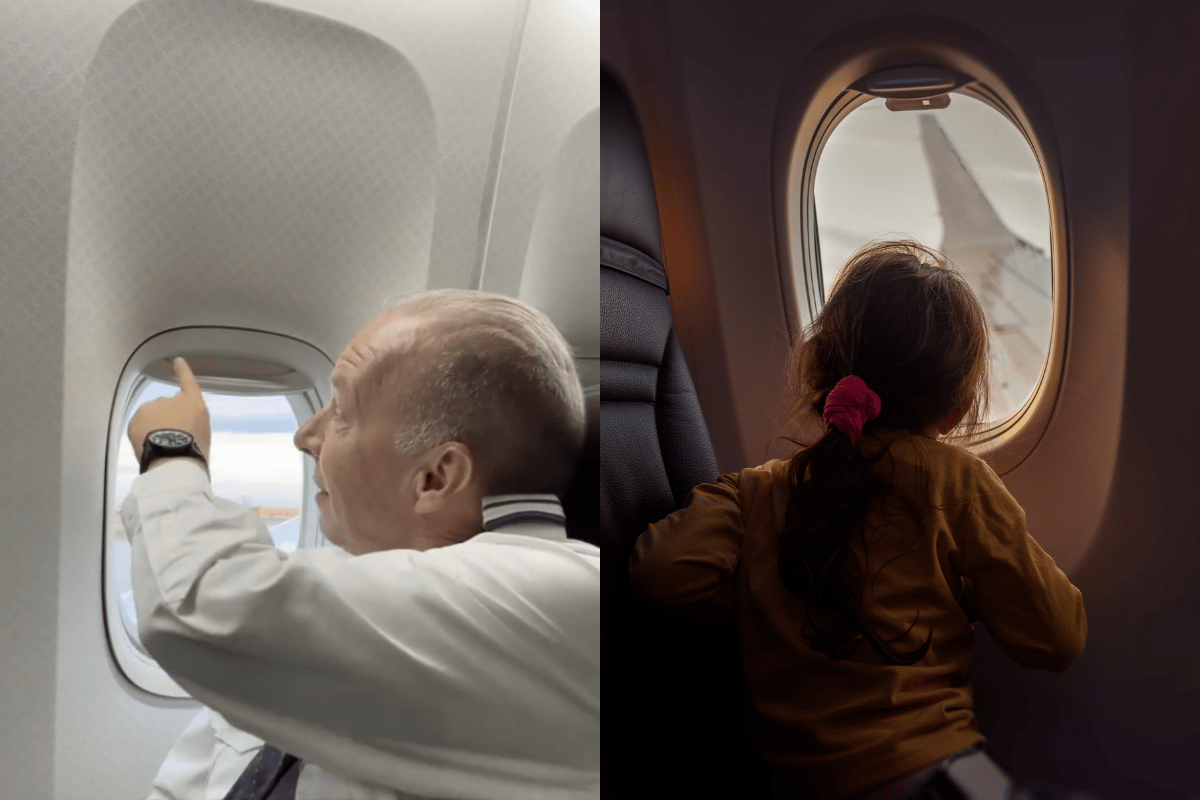
The humble aeroplane window - a small portal that passengers fight over during boarding - has a fascinating and crucial reason behind its distinctive round shape.
While most of us are preoccupied with securing a window seat for the best views or a comfortable spot to rest our heads, the circular design of these windows represents one of aviation's most important safety developments, born from tragic lessons of the past.
In the early days of commercial aviation, planes featured square windows, which seemed like a logical choice for aircraft manufacturers.
However, this design choice proved to be catastrophically flawed.
In the 1950s, two devastating accidents involving the de Havilland Comet, the world's first commercial jetliner, led to a new understanding of aircraft structural engineering and forever changed plane windows.
Why don't planes have square windows?
The main problem with square windows lies in their corners. These sharp angles create weak points in the aircraft's structure where stress concentrates during flight.
At high altitudes, where the pressure difference between the inside and outside of the plane is significant, these stress points become particularly dangerous.
The tragic crashes of the de Havilland Comets occurred due to metal fatigue. The repeated cycle of pressurization and depressurization during flights caused microscopic cracks to form at stress points, including the corners of the square windows, eventually leading to catastrophic failures.
TikTok famous pilot, Captain Steve, took to his social media to share more.
"They lost a few aeroplanes in mid air, the planes literally came apart, because the square windows created a hairline crack in the edge," he said. "The airframes actually came apart."




























































































